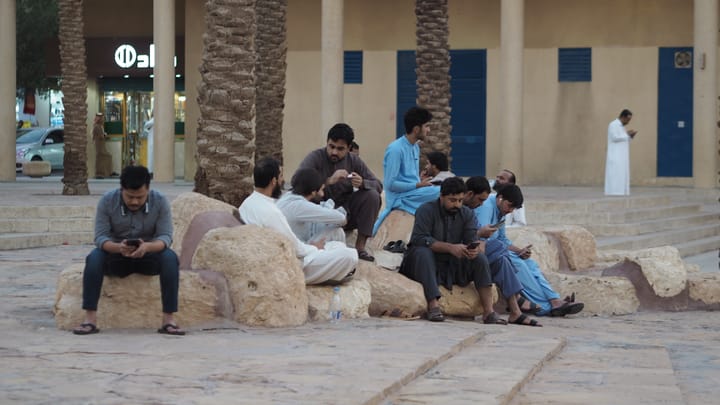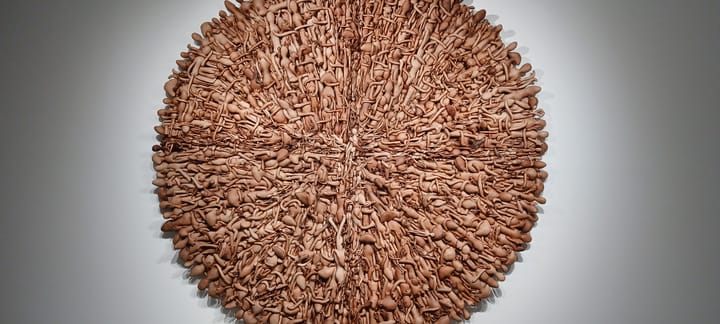the rapture of passing crime
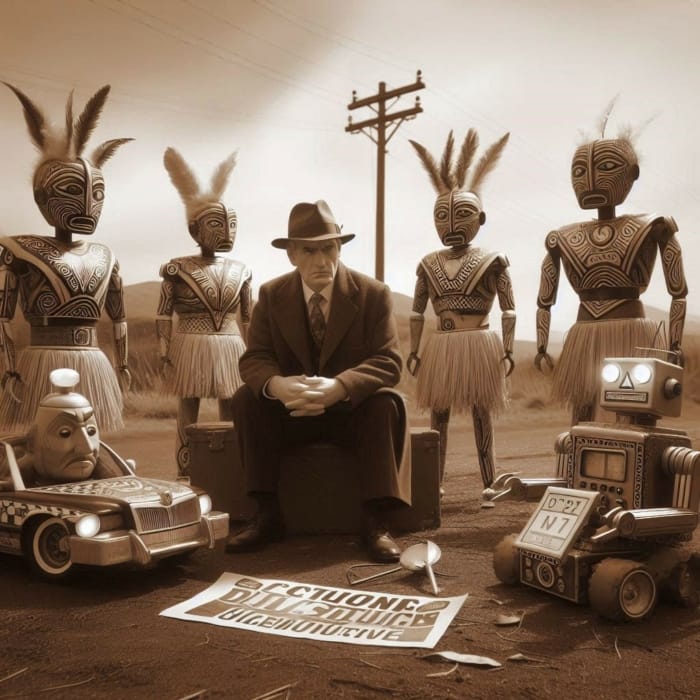
picked up a book, who knows why I ordered it, requested it, but I had. It was called True Detective, had a series of essays, ending with a visual essay, on the tv series of the same name. Eugene Thacker had written the blurb on the back and one of the essays was by Daniel Colucciello Barber, both of whom I’ve read books by.
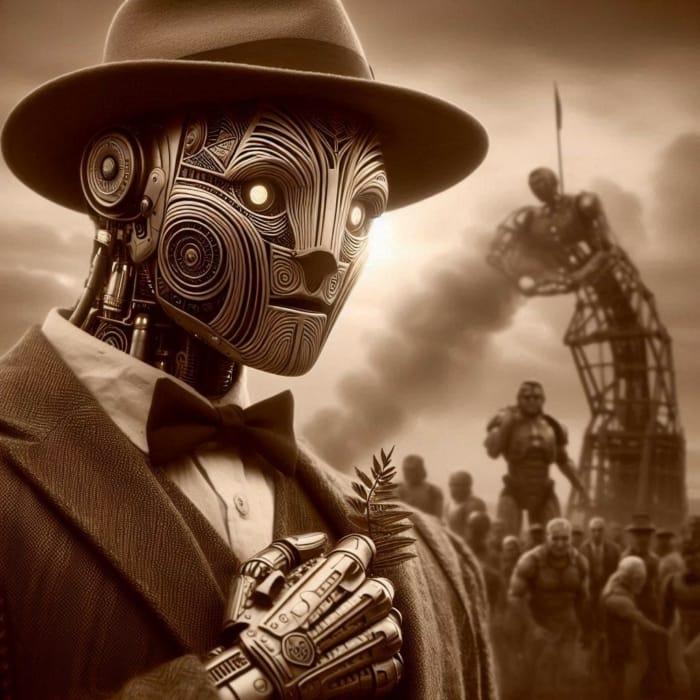
Barber’s essay was one of those ‘you can’t argue with me’ kind of things ‘because I’m going to proceed step by logical step, and will begin at the beginning by saying, To begin with, or something like that. Then lay out what follows as it does, as if it must.’ … it did however say something which caught my eye about crime scenes and the role of story in providing their meaning.
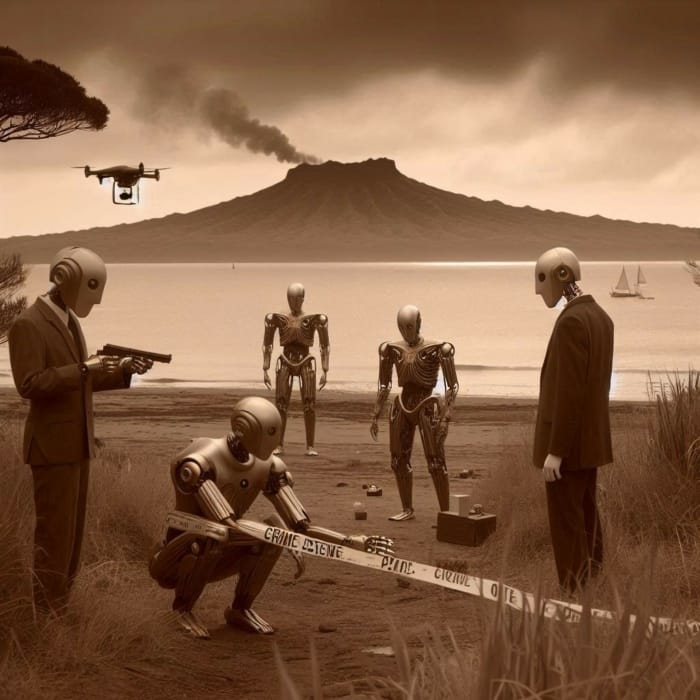
A crime scene can contain anything you see, but it has to be meaningful: a detective story follows the story as it unfolds, as the evidence expands, to swallow the world, the story of meanings being uncovered: anything could be significant in a crime scene, any small detail or molar attribute; so story selects meanings and discards elements that have no meaning in regard to the crime scene: it is a sorting machine, a probe head. Story at once perceives and generates the crime scene.
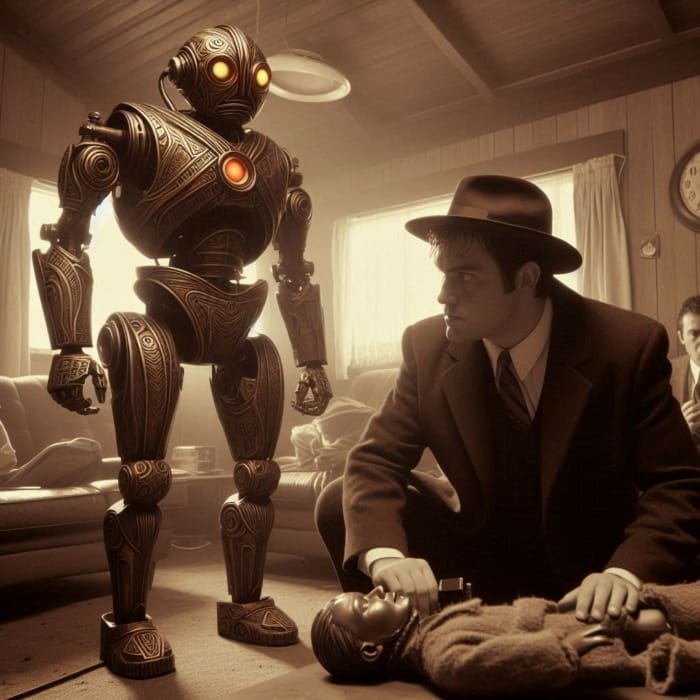
a short piece I wrote on the ontological status of the image caught someone’s eye. It was perhaps the AI that did it, images, to use the term loosely, created with AI, illustrating it; and also the theme of AI. In the piece I wrote that the image generated by AI has a new ontological status: it is a discursive image.
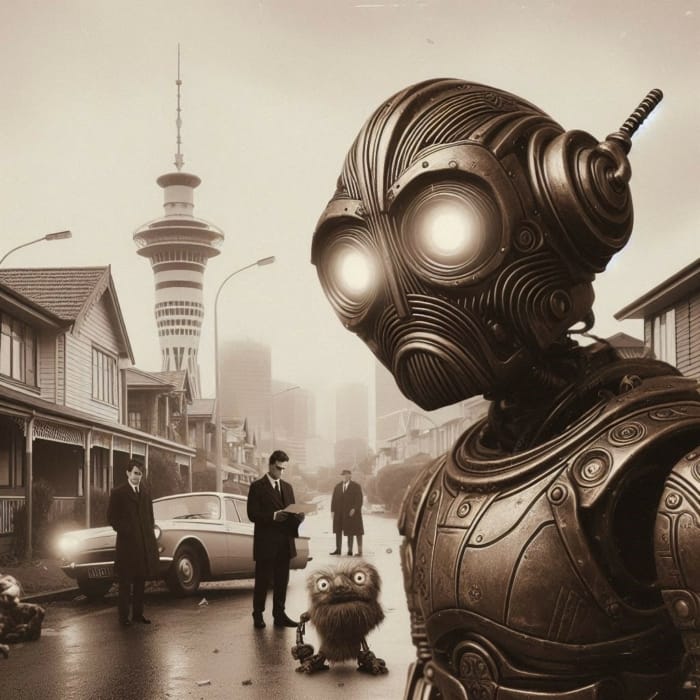
Then, a year or so ago, I wrote this: The fragmentation proper to modernity and the dialectical image differ but the dialectical image, by backdating movement to the still image, tells us something about that fragmentation, since it involves the mixing up of an historical object in the actual world to uncanny effect. What’s going on? History is. (source)
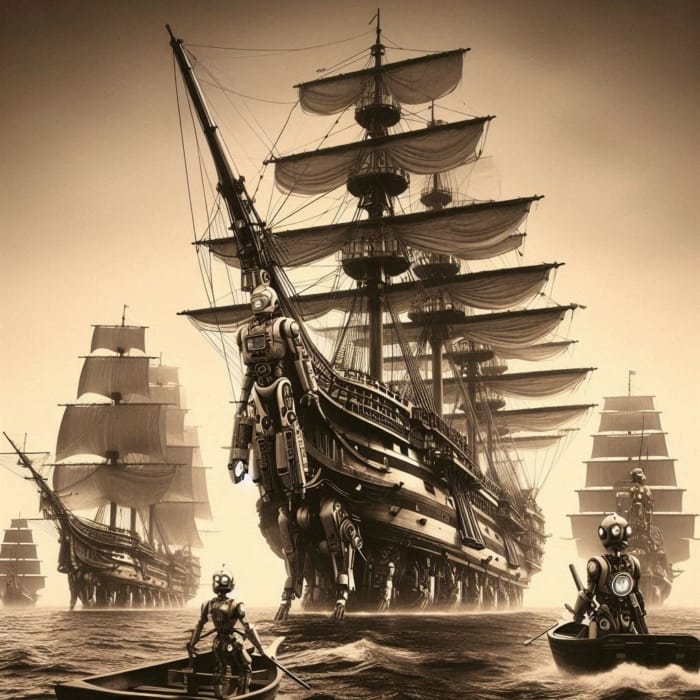
I was writing about moving image. The dialectical image looks to the still image from the point of view of a movement. This movement is in the present.
Now the discursive image can be looked at as taking up the theme of fragmentation, no longer visually, rather discursively; but curiously text that is digital is moving. It moves in the present; and we are so used to this we don’t see it. Yet it moves, curious, because this movement originates in the present and texts traditionally, customarily, ordinarily do not: they originate outside of life, outside of the life of the author at least, and outside of death, as Blanchot reminds us.
AI’s discursive image is not made of fragmented images, which it neither recombines nor repeats, in juxtaposition, neither ‘smooths’ into unitary image nor ‘makes up.’ This has to do with the perceptual attribute engaged by the digital algorithms that the AI deploys: It can parse meaning only through comparative analysis, by assessing comparable uses of terms across the vast terrain of textuality it has available to it; so, that’s the discernment of language-meaning by the Large Language Model (LLM). How about image generation?
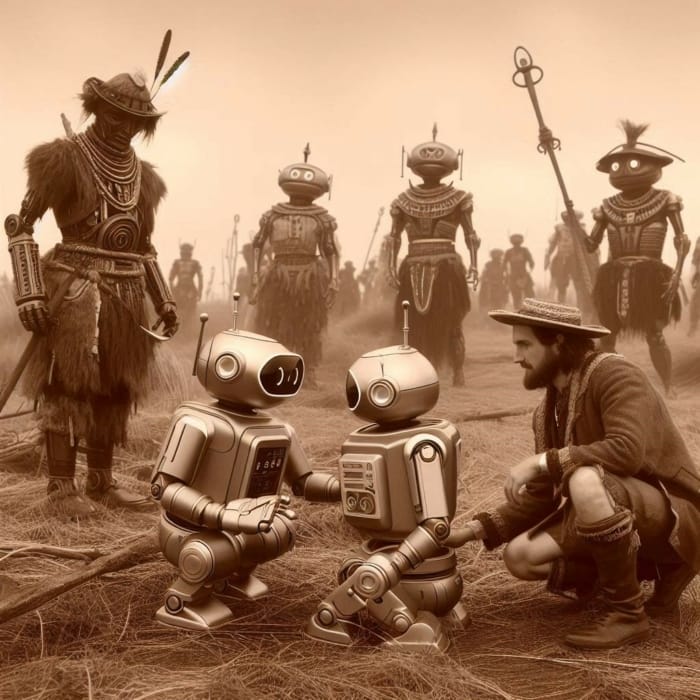
Images are matched in the same way as words are matched to meanings. That is according to statistical probability. It might be better to call both images and words signs. It is as if images are signs that the AI brings them together. In point of fact, both sets of signs are moving images, so this is another sense in which the AI-generated image is discursive.
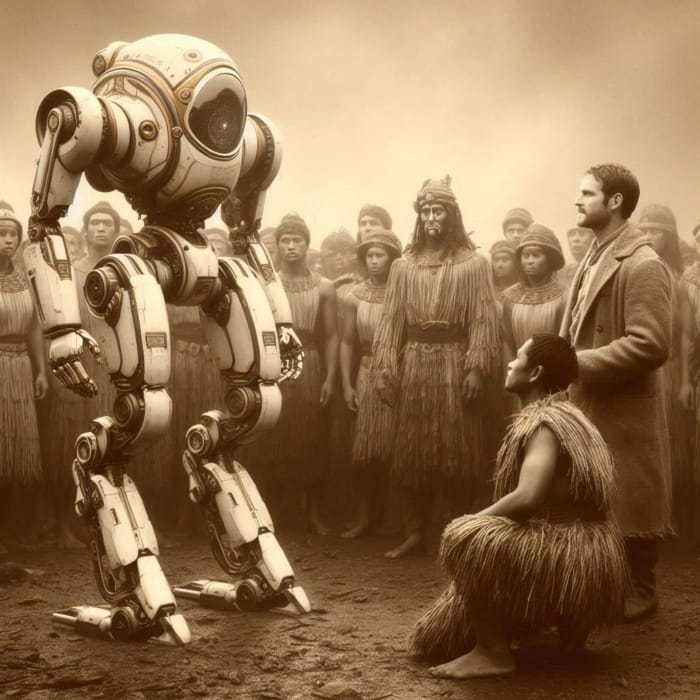
The idea then that AI plagiarises is really mistaken: it generates signs from signs without copying; not only that, it is a perceptual attribute without knowledge. Words and images and names are all alike to it, positionings, mobilities, within the data flow.
